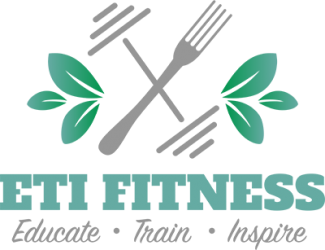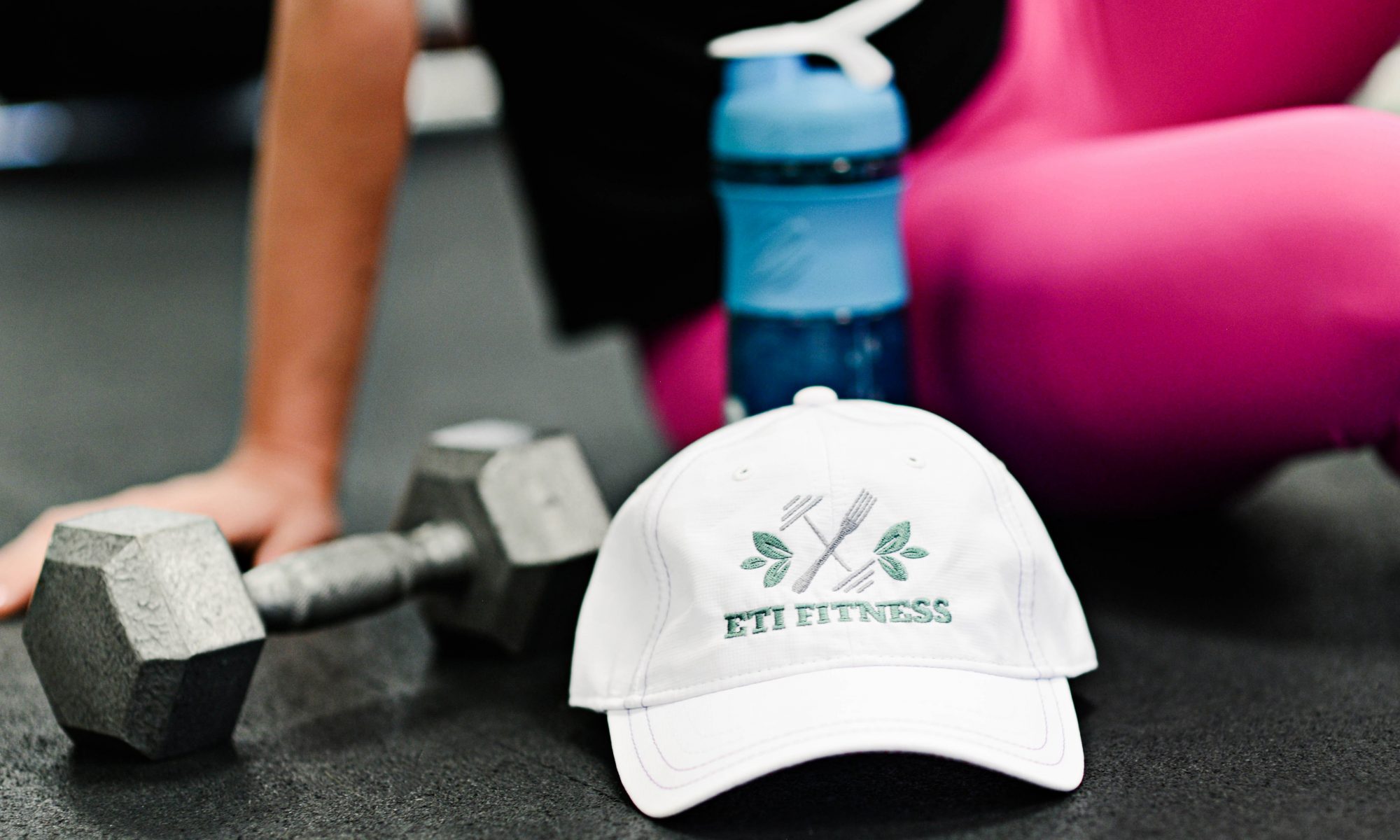Anyone who has ever struggled to lose weight or achieve another fitness goal, knows that there is no single best diet or nutritional plan that works for everyone. We are unique and require an individualized approach
A big reason for that is our individual genetic makeup. With modern technology we can now take simple tests for specific genes. This information helps explain some of the struggles people experience regarding nutrition, health, and weight.
Everyone has a unique genome that impacts everything from how we utilize protein and fat to whether we absorb enough iron from the foods we eat. Knowledge of these individual differences is a powerful tool.
If you, or someone you know, is interested in taking health or fitness DNA tests for personalized reports, it’s important that you know what to do with the results. Find out what these reports tell you about your nutritional or exercise needs and limitations and how to use that information for their benefit.
DNA and Nutrition – What is Nutrigenomics?
Being able to look at an individual’s genetic makeup is now less expensive and more accessible than ever. Any one of our clients can get a test done that looks specifically at how their genes impact nutrition, health, fitness, body composition, and more.
Nutritional genomics, or nutrigenomics, is the study of the interactions between an individual’s DNA, nutrition, and health. It can also be a more general study of the overall human genome and nutrition. Researchers in this field look at how foods and nutrients impact human genetics and how genes inform the body’s response to nutrients.
How Does Genetics Affect Nutrition? And How Can That Help You?
While researchers are working to uncover generalities about the human genome and nutrition, it is also possible to get individualized data. For all of us, it is this personalized information—how one or more genes or mutations in genes impact how we absorb micronutrients, gain weight, or utilize macronutrients—that is important.
With a fitness and nutrition DNA report, we can pick out the information that will help determine goals and strategies for meeting them. Personalized genetic information will help you:
- Set goals that are more reasonable for you
- Recommend macronutrient ratios that make sense for a healthy weight and body composition
- Create nutritional plans that consider vitamin or mineral processing or uptake issues
- Create a workout and diet plan for more effective weight loss
DNA Tests and Nutrient Utilization
Your DNA-based nutrition report will include a lot of information about how you utilize nutrients, including macronutrients, vitamins, and minerals. Genetic differences can lead to variations in how these nutrients are absorbed, how they are used, proportions and amounts that maximize health and wellness.
Macronutrients
Weight loss and maintenance, energy utilization, athletic performance, and more depend on how we consume and utilize proteins, fats, and carbohydrates. Most recommendations for macronutrient proportions are generalized, but DNA tests inform more personalized macro ratios.
- For people who have a normal genotype for protein utilization. Their ability to lose weight will not depend on protein intake. The less common enhanced genotype means that an individual will be able to lose weight more effectively and efficiently with a higher proportion of protein in the diet.
- Dietary Fats. Most people fall into the normal category for fat utilization. Their weight loss seems to be independent of the percentage of fat in the diet if calorie intake is reasonable. Those who test for the “highly sensitive” genotype should consume a smaller proportion of fat and replace saturated fat with MUFAs. Olive oil, avocadoes, hazelnuts, and almonds are high in MUFAs. This will aid in weight loss and maintenance.
- Dietary Carbohydrates. For carbohydrate utilization, people can be “low sensitivity”, “medium sensitivity” and “high sensitivity.” Those in the “low sensitivity” category will see no major differences in weight loss based on carb proportions. The “medium” or “high sensitivity” means that a person benefits from eating better quality carbs. These should be complex carbs, like whole grains and beans. In the high and medium categories, people should eat fewer carbs and be especially careful to avoid starchy foods and processed grains, such as potatoes and white bread while limiting added sugars to no more than 25 grams(100 calories) daily. The glycemic index is a good tool to help you choose better carb sources.
Micronutrients
Less important for weight loss, but still crucial for overall health, is information on micronutrient utilization. Most health and fitness DNA tests provide data on Vitamins A, B6, B9 (folate), B12, D, and E as well as risk of inflammation, that might suggest an omega-3 supplement which can be especially useful.
Certain genotypes can tell you if your are absorbing and utilizing these nutrients adequately. This is important to know for health but can also be useful for nutrition and weight goals. For instance, some people have a genotype indicating increased requirements for B12, which means they tend to be deficient. Low levels of B12 cause a type of anemia, called pernicious anemia. This can lead to serious health risks and make working out more difficult due to fatigue.
A common variant in the MTHFR genotype has been associated with lowered folate and elevated homocysteine levels in the blood. You may need to increase folate levels in your diet by consuming more beans, lentils, spinach, asparagus, and avocados. Supplementing with activated methyl-folate will be more effective where as folic acid in some cases may be toxic.
One of the best ways to ensure an adequate intake of micronutrients, both vitamins and minerals, is to eat a diet rich in a variety of vegetables. We talk with our “bitter taster” clients about how important this is for health and weight maintenance.
Nutrition and Genetics and the Impact on Disease Risk and Health
Of course, DNA reports for nutrition are important for more than simply meeting weight loss goals. Clients also come looking for advice on a healthy diet to avoid disease and to live well. These reports are packed with different types of information to help advise you more effectively.
How Does Genetics Affect Nutrition and Health Measures?
Certain health measures, like cholesterol, are impacted by genetics as well as diet. For instance, you may have a “sensitive” or “highly sensitive” genotype for cholesterol response to dietary fat. This means your cholesterol levels tend to increase more rapidly with fat intake as compared to someone with the “low sensitivity” genotype. In this case you may need to be more careful about the fat content in your diet.
Diabetes is a major public and individual health problem in the U.S. Understanding insulin sensitivity and response can help you make better food choices to control blood glucose levels.
Polyunsaturated fats, like omega-3 fatty acids and alpha-linoleic acids, are the so-called healthy fats. The body does not make these fats, so how much a person has in their bloodstream largely depends on diet. Some genes, however, also make an impact. Although common, the “normal” genotype for this is not ideal. Clients with this result really need to focus on adding healthy fats to their daily meals.
This Is Not Medical Advice
Your DNA report can be used to help guide nutrition choices, however it is not providing medical advice. Always follow the guidance of your doctor or medical professional treating any and all medical advice. This is especially true as it relates to health risks and chronic disease. Guidance can absolutely be provided on how to plan and eat a healthy diet for both weight goals and overall health and wellness.
The use of individualized DNA reports is poised to revolutionize health, wellness, and fitness. As a Nutrition Coach we are excited to be a part of this big change. We enjoy providing more personalized, molecular, and genetic information for each client and help you adapt your lifestyles, diets, and fitness routines for better results. We help you understand these reports and how to use them.
Clients today expect their trainers and nutrition coaches to be up to date on all the related science, including genomics. We are excited to provide this service to better help you accomplish your goals.



